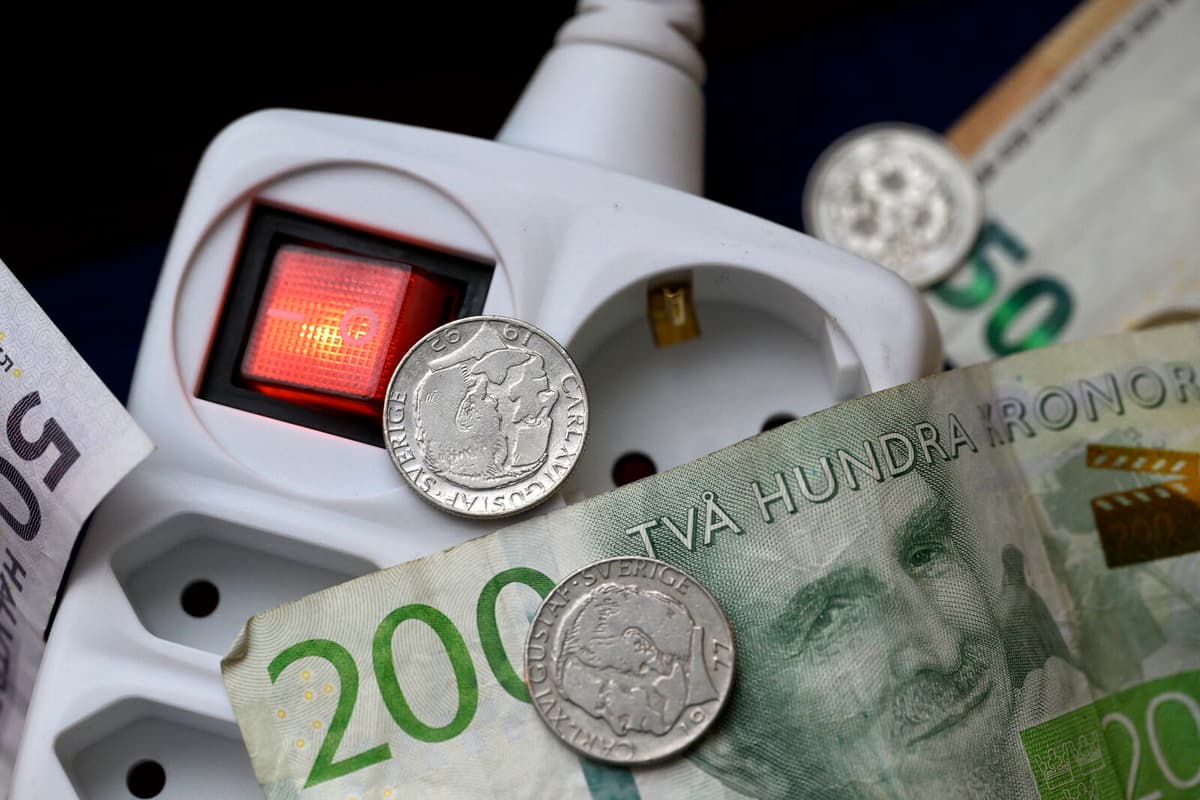The wet autumn and winter have made the water reservoirs in northern Sweden properly filled, which contributes to low and stable electricity prices during the summer months. The water surplus presses the prices there and they are expected to land at 13–14 öre per kilowatt hour, to be compared with 18 öre last summer, according to an analysis from the electricity trading company Bixia.
In central Sweden, the electricity price is expected to rise to about 32 öre per kilowatt hour – 70 percent higher than the summer of 2024. The reason is that the maintenance of the nuclear reactor Oskarshamn 3 is ongoing until August 15, which reduces the planned electricity production.
Most expensive in the south
The work in Oskarshamn also affects southern Sweden, where the electricity price is expected to land at around 50 öre per kilowatt hour, a price that is in line with last year.
It looks calm and stable this summer and we have a large surplus in the so-called energy balance. We will import many cheap minus hours from the continent that help us to keep the average down, says Johan Sigvardsson, analyst at Bixia.
The sun gives a boost
The so-called minus hours mean that the electricity price becomes negative. When the sun is strongest between 11 and 16, there is a surplus of electricity in Europe. If you have a hourly price contract, you can take the opportunity to charge your electric car, run a dishwasher or washing machine to be energy smart, Sigvardsson means.
That Europe seems to be heading for a warm and dry summer can affect the electricity market further ahead. It can lead to a higher demand for fossil fuels in the autumn, where the turbulent geopolitical situation can have an impact. But how it affects the electricity price cannot be said at present, according to Sigvardsson.
Electricity area 1 (northern Norrland): 14 öre/kWh
Electricity area 2 (southern and central Norrland): 13 öre/kWh
Electricity area 3 (northern Götaland and Svealand): 32 öre/kWh
Electricity area 4 (southern Götaland): 50 öre/kWh
Applies to a forecast of the electricity price during the period June-August 2025.
Source: Bixia





